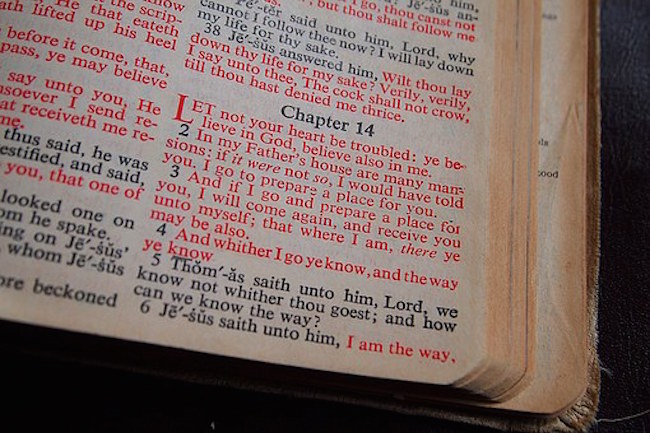6 Recent Archaeological Discoveries That Affirm Details in Scripture by Karen Engle for Logos
Each time an artifact related to the biblical narrative is unearthed in Israel or the surrounding lands of the Bible it becomes a witness to the perfection of God’s Word.
And it happens all the time.
Here are six recent discoveries that affirm some rather obscure details in the Bible. Each one provides material evidence of the historical reliability of the Bible, and hopefully, increases our faith.
1. Biblical city of Ziklag

Aerial view of the archaeological site at Khirbet a-Ra’i where researchers believe they have located the biblical city of Ziklag. Photo credit: Emil Ajem, Israel Antiquities Authority
While hiding from Saul in Philistia, King Achish of Gat awarded Ziklag to David as a vassal state. The book of Samuel reveals the Amalekites later destroyed Ziklag and enslaved its people:
Now when David and his men came to Ziklag on the third day, the Amalekites had made a raid against the Negeb and against Ziklag. They had overcome Ziklag and burned it with fire. (1 Samuel 30:1)
Though archaeologists have suggested several sites as possible locations, none have included evidence of both a Philistine settlement and a settlement from the time of David.1
That is until a few weeks ago.
After a 12-year study of the entire region, archaeologists say they may have found the biblical city of Ziklag near the southern town of Kiryat Gat2 in Israel. The find, dating to the early tenth century BC, is consistent with scriptural references to the geography of the area: a rural settlement dating to the time of King David among the remains of a Philistine settlement that had been destroyed by fire.3
2. Clay pomegranate found in Tel Shiloh

Photo credit: Ancient Shiloh Visitor’s Center
A distinctly Jewish symbol, pomegranates were one of the seven species of Israel (Deut 7:12–11:25) and were common tabernacle and temple motifs (1 Kings 7:18; 2 Kings 25:17). But long before the first temple was built, they were sewn into the hem of the high priest’s robe by God’s command:
On its hem you shall make pomegranates of blue and purple and scarlet yarns, around its hem, with bells of gold between them, a golden bell and a pomegranate, a golden bell and a pomegranate, around the hem of the robe. And it shall be on Aaron when he ministers, and its sound shall be heard when he goes into the Holy Place before the LORD, and when he comes out, so that he does not die. (Exodus 28:33–35)
That’s why the 2018 discovery of a small, fully intact ceramic pomegranate at Tel Shiloh, the site where many believe the tabernacle rested (Josh 18:1), bolstered scholars’ excitement.4




